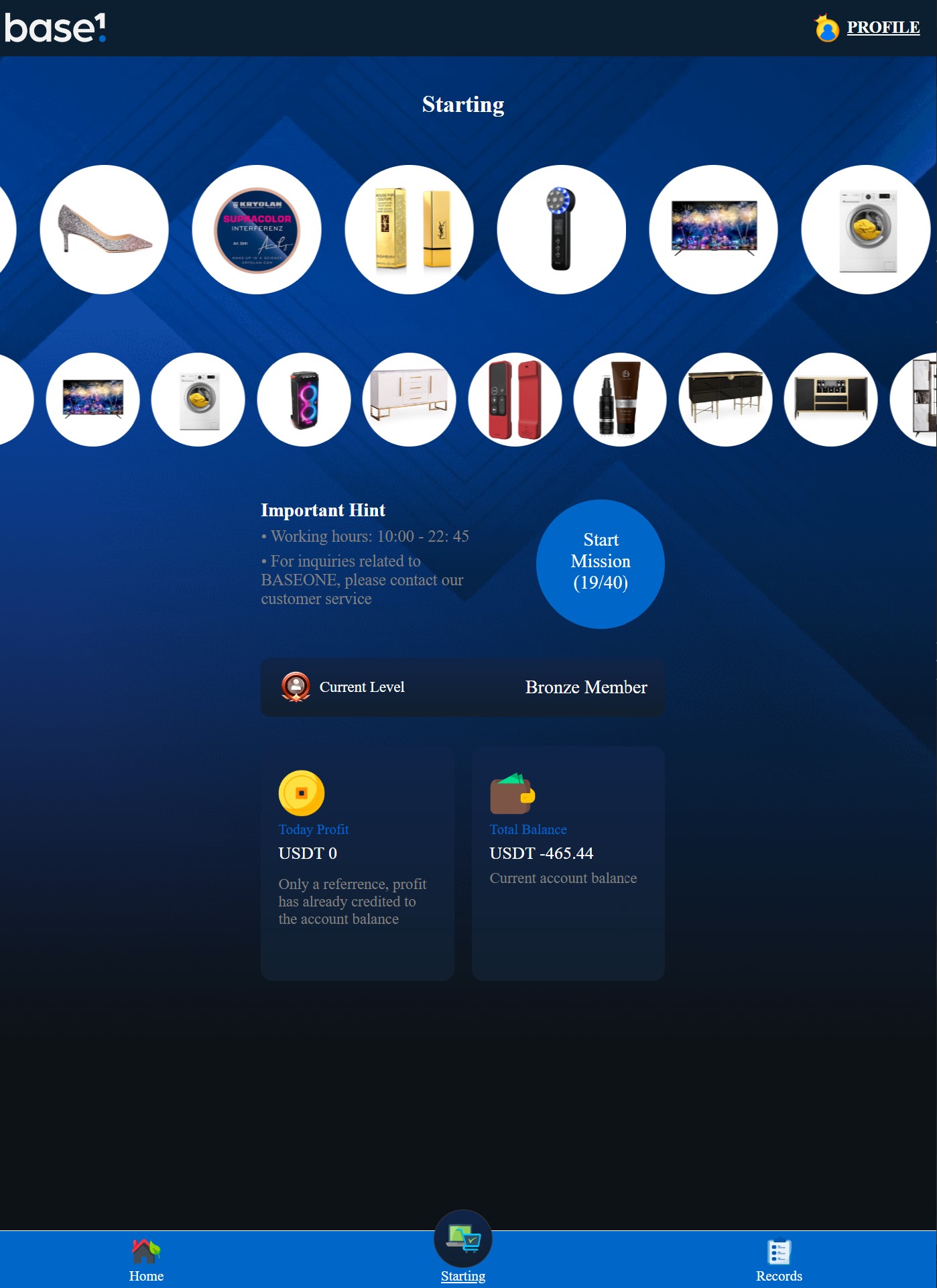Data and business intelligence are crucial components of modern business operations. By leveraging data and utilizing business intelligence tools, organizations can gain valuable insights. This can lead to making informed decisions that can improve their performance and drive growth.
The importance of storing data
Data is essentially information that can be collected and analyzed. This is to gain a better understanding of a particular subject or situation. In the context of business, data can take many forms, including financial data, customer data, sales data, and market data.
However, Business Intelligence is the process of collecting, storing, and analyzing data. This is to gain insights and make better business decisions. This includes using software and other tools to gather, clean, and organize data. As well as, applying statistical and mathematical techniques to uncover trends and patterns.
The use of data and business intelligence
The use of data and business intelligence has become increasingly important in today’s fast-paced, data-driven environment. With the proliferation of digital technologies, organizations are generating vast amounts of data. The ability to effectively manage and analyze this data can provide a significant competitive advantage.
One of the key benefits of using data and business intelligence is the ability to make more informed decisions. By collecting and analyzing data, organizations can gain a better understanding of their operations, customers, and markets. This information can be used to make decisions, which is based on real-time data. Instead of basing this on gut instincts or assumptions.
For example, a retailer might use data and business intelligence to analyze customer purchasing habits. The data can also identify trends in consumer behavior. This information can be used to make decisions about product assortment, pricing, and marketing strategies. Which can lead to increased sales and improved customer satisfaction.
Another key benefit of data and business intelligence… Is the ability to identify opportunities for improvement and drive growth. By analyzing data, organizations can uncover areas where they are underperforming. Using this information they can implement strategies to address these issues. This can include identifying inefficiencies in operations, improving customer service, or developing new products and services.
Data and business intelligence can help organizations to understand and serve their customers, this is by analyzing their customer’s data. Organizations can then gain insights into their customer’s preferences, needs, and behavior. This enables organizations to tailor their products, services, and experiences to better meet customer expectations.
For example, a bank might use data and business intelligence to analyze customer data and identify trends in account usage and customer interactions. This information can be used to develop personalized banking services and offers, which can improve customer loyalty and satisfaction.
Another important use of data and business intelligence is in the area of risk management. By collecting and analyzing data, organizations can identify potential risks and take steps to mitigate or prevent these risks from materializing. This can include identifying potential fraud, analyzing the financial health of customers or suppliers, or monitoring market trends and developments.
For example, an insurance company might use data and business intelligence to analyze claims data and identify patterns or trends that could indicate potential fraud. This information can be used to develop strategies to prevent fraud and protect the company’s financial health.
Overall, the use of data and business intelligence is essential for modern organizations that want to stay competitive and drive growth. By collecting, storing, and analyzing data, organizations can gain valuable insights and make informed decisions that can improve their performance and better serve their customers.
Find more tips & hacks on our Insights pages. Also, be sure to connect with me on LinkedIn.


